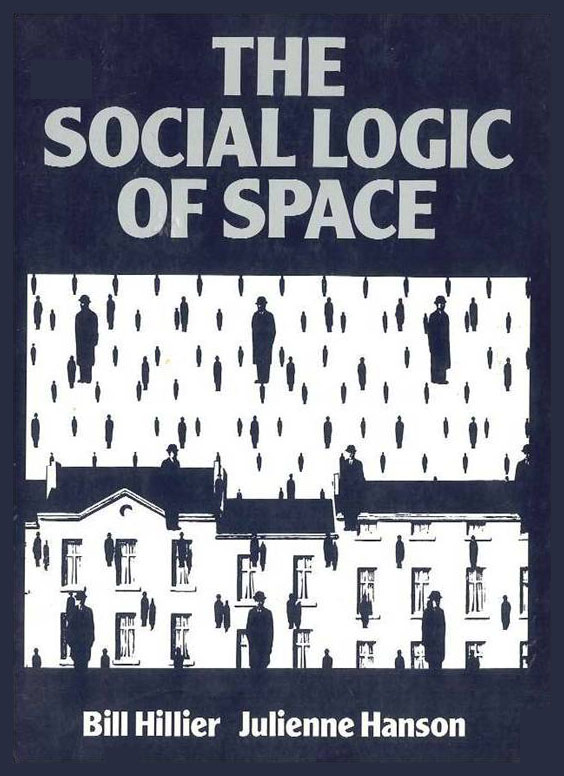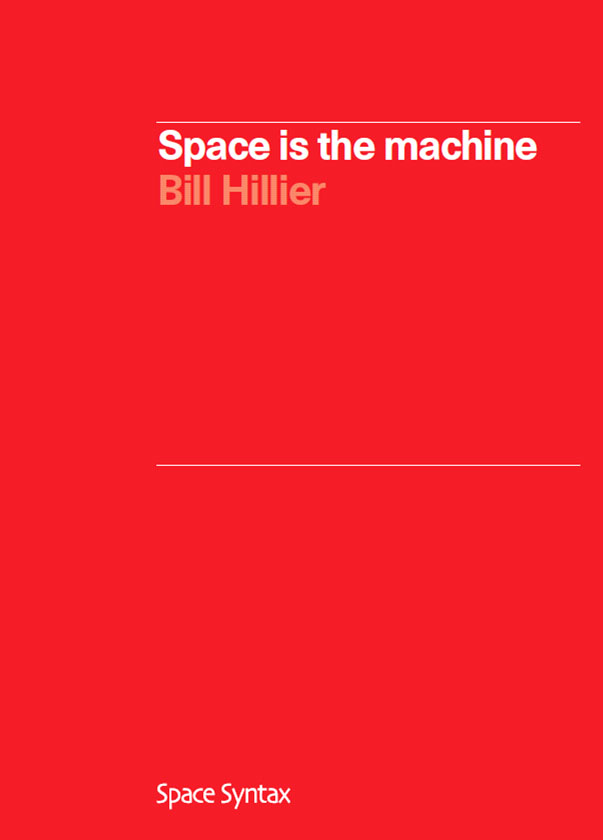What kind of theories does space syntax establish?
Space syntax theories, based on various syntactic models, comprise a set of interrelated principles and laws underlying space and society, which can be found across a range of both cultures and scales.
The major syntactic theories include: the generic city, domestic space, the duality of spatial structure and space and society. Others are referred to in publications including The Social Logic of Space (see figure A) and Space is the machine (see figure B).
In general, space syntax theories address relations between the physical environment and the socio-economic phenomena that are mediated by spatial laws governing how people interact with the others through perception, cognition and reflexivity.
Space syntax theories focus on three types of theoretical questions:
- How do simple rules generate the spatial form of settlements or building complexes as emergent patterns? What are the implications of this for the study of buildings and cities?
- How and why do societies structure built environments in particular ways? We can explore this by analysing settlements to find that they acquire a certain structure, and one which reflects a social model.
- How does the built environment impact on human society and behaviour? We approach this question mainly through the analysis of human behaviour patterns and the implications these have for patterns of co-presence and co-avoidance.







